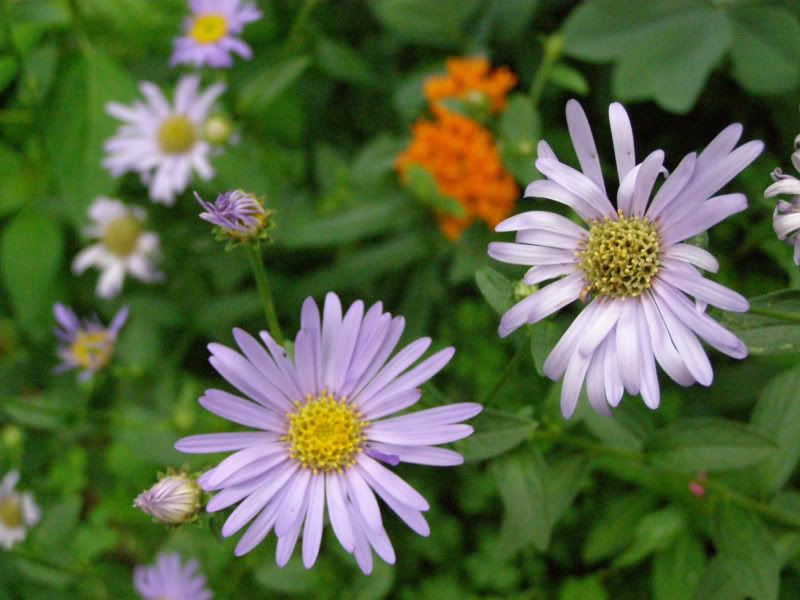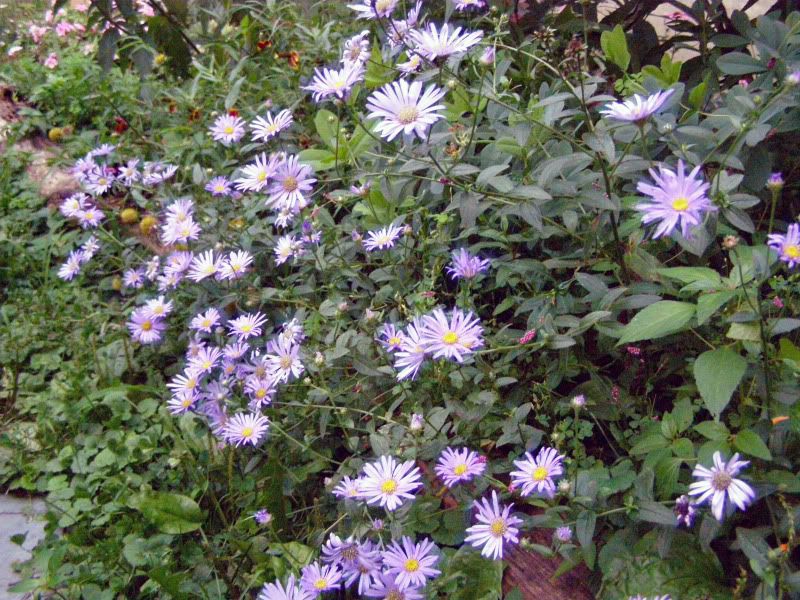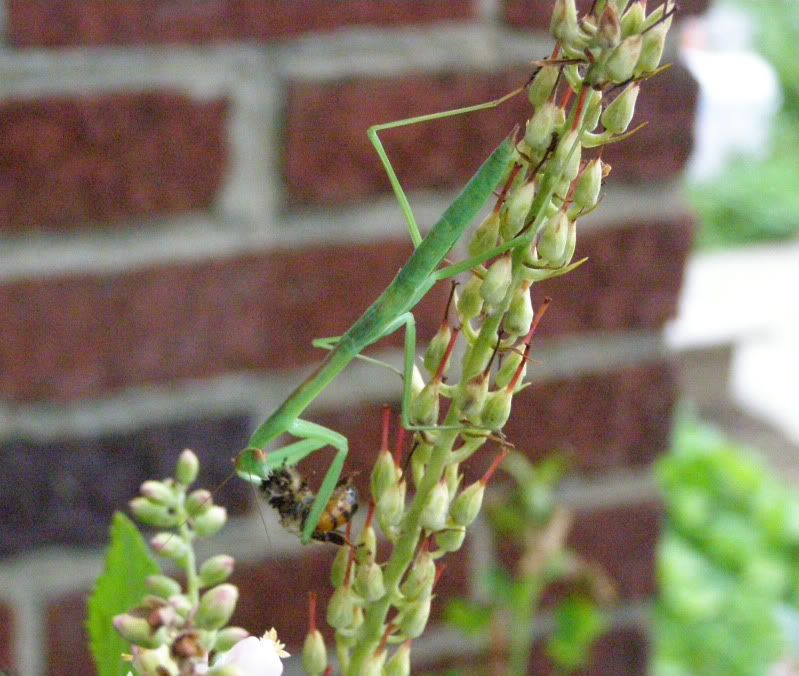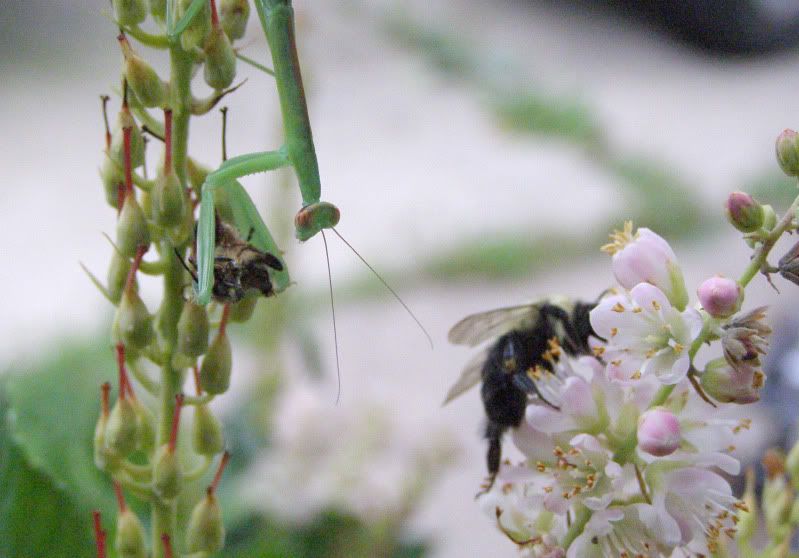For those who don't know, ant colonies tend to be stationary. Even in captivity most species will stay in the nest (whatever that might be) and this is done to maintain a colony odor. So you can have an ant colony in your room with foragers constantly leaving the terrarium and essentially "cleaning" your house for food. (And sometimes seeing what you're having for dinner.) And it's only if the colony feels it needs to leave or find some place better that they move the colony. Before you get all up and arms know that the average household (when built correctly) doesn't offer the right humidity the ants need. This is why you only find ants, and even then only a hand full of pest species, nesting in potted plants, the kitchen, or bathroom. Even fewer ant species can nest anywhere they like.
So the colony moved out of their tank and probably went right out the window. I really didn't see this coming, as I said the workers weren't even foraging out of the tank. I think it was done though in response to a white hard to see mold growing in the plaster. Something I was trying out this time was keeping the colony in the dark. I didn't have the light on at all, as I usually do with other species. That's the only thing different from past colonies I've kept. See my Camponotus chromaiodes Journal but note that I didn't always think they were that species.
In other ant news earlier in the year I witnessed a nuptial flight of Camponotus castaneus at night way back on June, 12th. On June 13th I got up early, and dissected my yard with a good ant hunt. I found two C. castaneus queens. And on August, 9th both of them successful produced their first workers! So it took 8.5 weeks. Hopefully I'll have something to talk about. Camponotus queens, specifically the common C. pennsylvanicus, are notorious for dying shortly after the first workers are born.
Bees:

The last of the sunflowers are blooming and the bees are fighting over them. Good to the last drop I suppose. The Joe Pye Weed is also past it's peak and the bees are scrambling to get everything. Thankfully Asters are starting to bloom, see Nature down below.
Butterflies:
I had a Monarch Butterfly lay eggs on my Milkweed plants while I wasn't looking. They've since hatched into pin sized caterpillars. I'll have pictures later on. Also I found a Monarch Butterfly on the Joe Pye Weed, and even that big poofy Liatris (Meadow Liatris I think) which is cool because that was the only one of those plants I had do well, despite falling over. Hopefully I'll see more.
Nature:


Asters! On a recent drive past the garden center I realized it's Mum season again. Thank god I have Asters out in the garden. They're a great source of fall color, diverse enough to be interesting, and a decent host plant for some Lepidoptera. Though some bloom in mid summer the majority bloom in the fall and that's when the bees really turn to them. Really the only other good nectar source is Goldenrod and Sedum. So I look forward to these getting more active.

Praying Mantises I'm also seeing an abundance of. I don't know what the status is with this buy. They're endangered, farmers hate them, then they're not endangered... as far as I can tell they're a native predator. Though I'm told the ones pictured above and below are imported species, and both male. I don't know much else.

They do like eating bees though. Which isn't the best thing in the world. However, I do have plenty of those.

You might be next!
I find them on plants that have good diversity to them. The brown one was up on my sunflowers and this green one right above here was on the Clethra alnifolia. It's called Ruby Spice though, a cultivar of the true C. alnifolia. Ruby Spice is supposed to have red flowers but you can see they range to barely being pink as well.
That's all for this update. Thank you for reading.